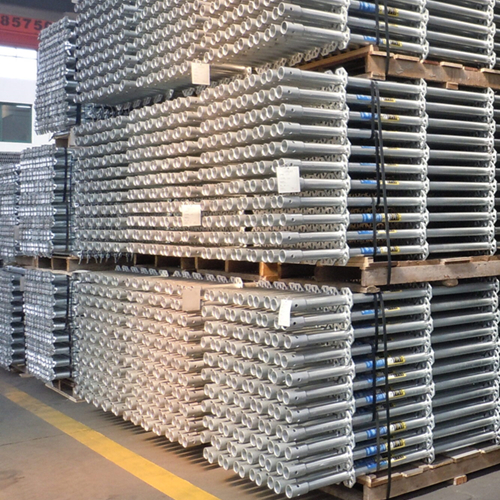Factors to Consider When Using Octagonal Scaffolding in Confined Spaces
There are many people doubt that: can octagonal scaffolding be used in confined spaces? Of course, octagonal scaffolding can be used in confined spaces, but there are several factors to consider.
Advantages in Confined Spaces
Space - efficient shape:
The octagonal shape can make better use of available space compared to some other scaffolding shapes. In a confined area, its rounded corners can fit more snugly against walls or other obstructions than a square - shaped scaffolding with sharp corners. This allows for more efficient use of the limited floor area. For example, in a narrow corridor or a small room, the octagonal scaffolding can be positioned to leave less wasted space around it.
Versatile positioning:
Octagonal scaffolding can be adjusted to different angles more easily than some other types. It can be rotated to find the most suitable position that maximizes the available working space and minimizes interference with the surrounding confined environment. This flexibility in orientation is beneficial when trying to access specific areas within a tight space, such as a corner of a small room or a narrow section of a building's interior.
Stability in tight quarters:
Despite the confined space, the octagonal scaffolding's inherent stability can still be an advantage. The load - bearing capacity and the ability to distribute weight evenly over its structure make it a reliable option. This is crucial because in a confined space, the scaffold may need to support heavy tools or materials close to its edges without tipping over. The stable base and well - distributed support points of the octagonal design help prevent accidents due to instability.
Challenges and Considerations in Confined Spaces
Assembly and disassembly:
The assembly of octagonal scaffolding in a confined space can be more difficult. There may be limited room to maneuver the components into position, and the process may require more precision due to the confined working area. Workers need to be careful not to damage the surrounding structures during assembly. For example, in a small storage room with low ceilings and narrow access points, getting the poles and connectors of the octagonal scaffolding into place can be a challenging task.
Accessibility for workers:
While the octagonal shape provides some space advantages, the confined space can still limit the movement of workers. There may be less room for workers to climb onto the scaffolding and move around on it. Additionally, the presence of other objects or structures in the confined space may further restrict access to the scaffolding. For example, in a mechanical room filled with pipes and equipment, it can be hard to position the scaffolding in a way that allows easy access for maintenance workers.
Material handling:
Bringing materials in and out of the confined space to be used on the scaffolding can be a problem. The limited access points and space can make it difficult to transport long or bulky construction materials to the scaffolding site. There may also be a lack of storage space on the scaffolding itself due to the confined nature of the area, which can affect the work efficiency.

评论
发表评论